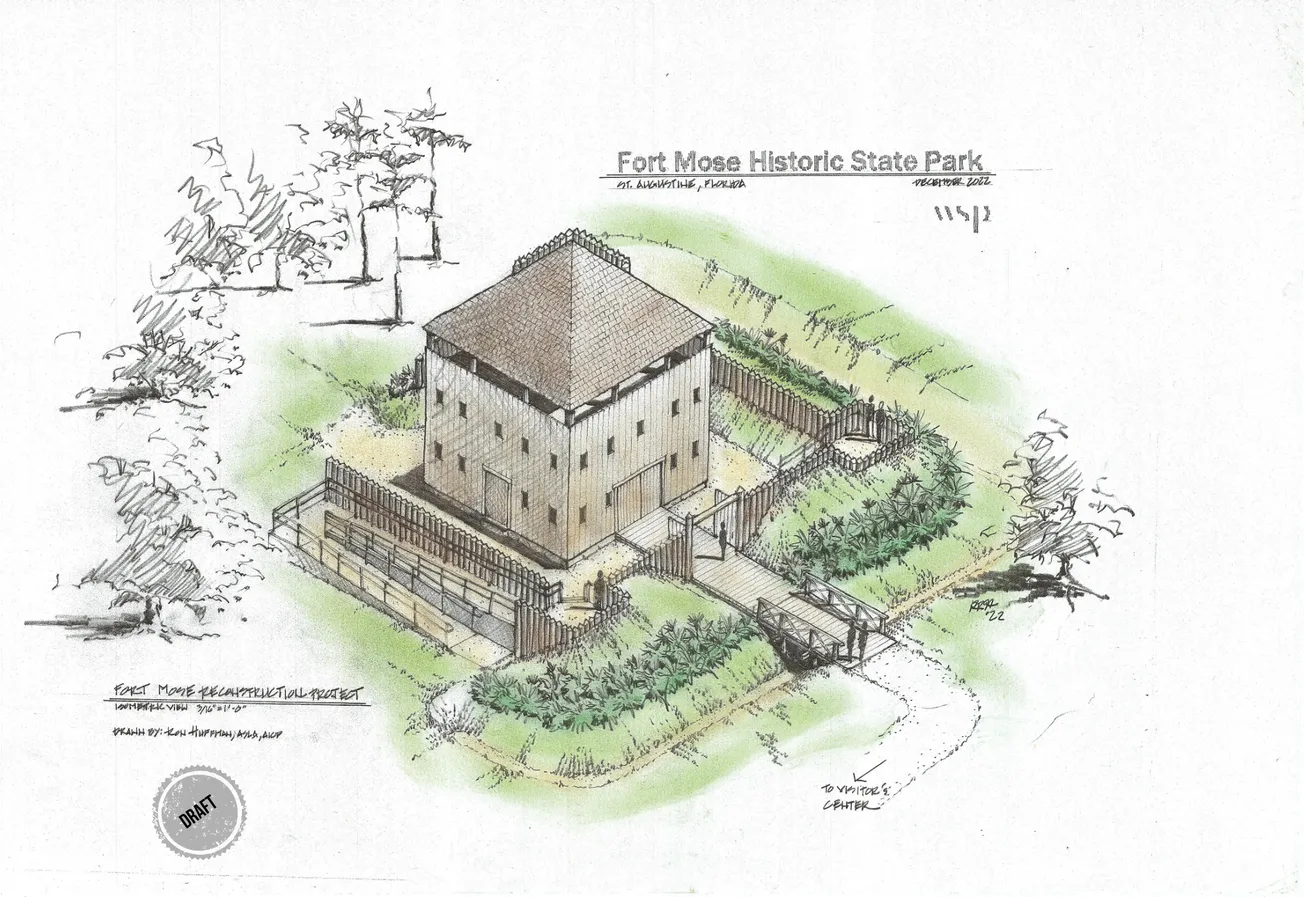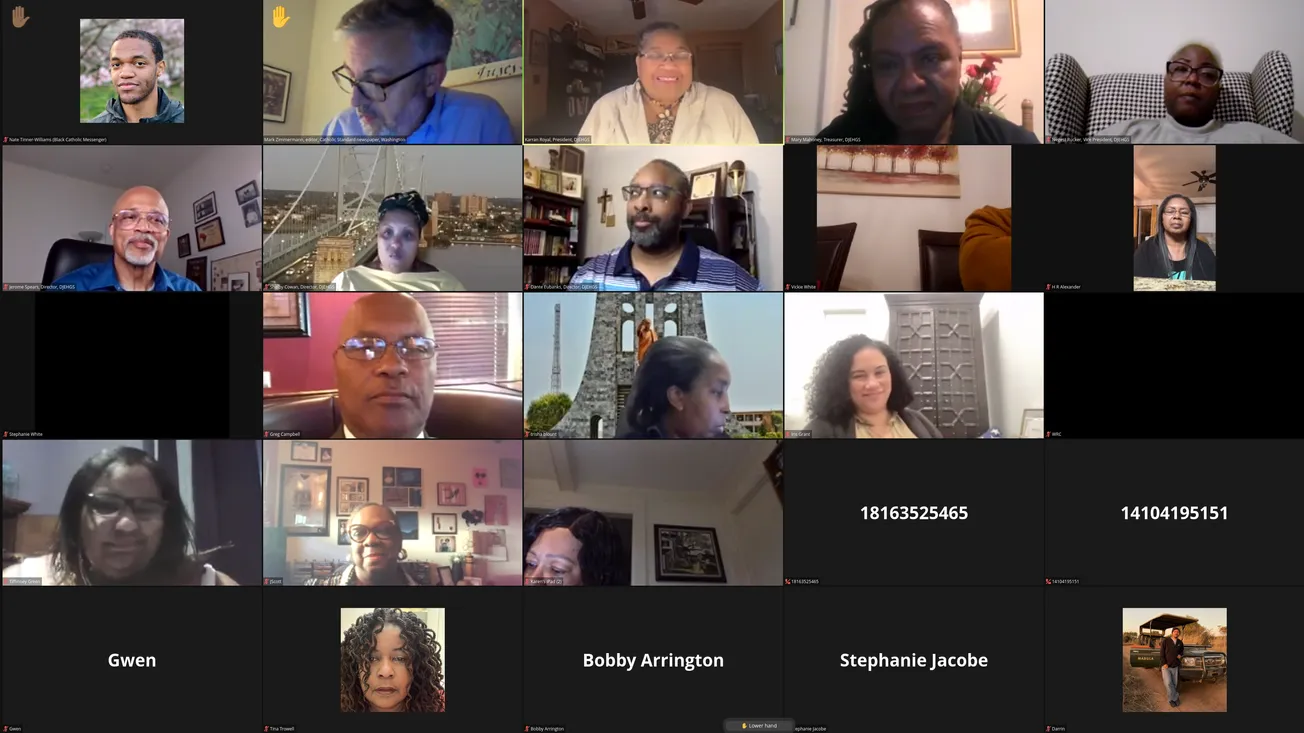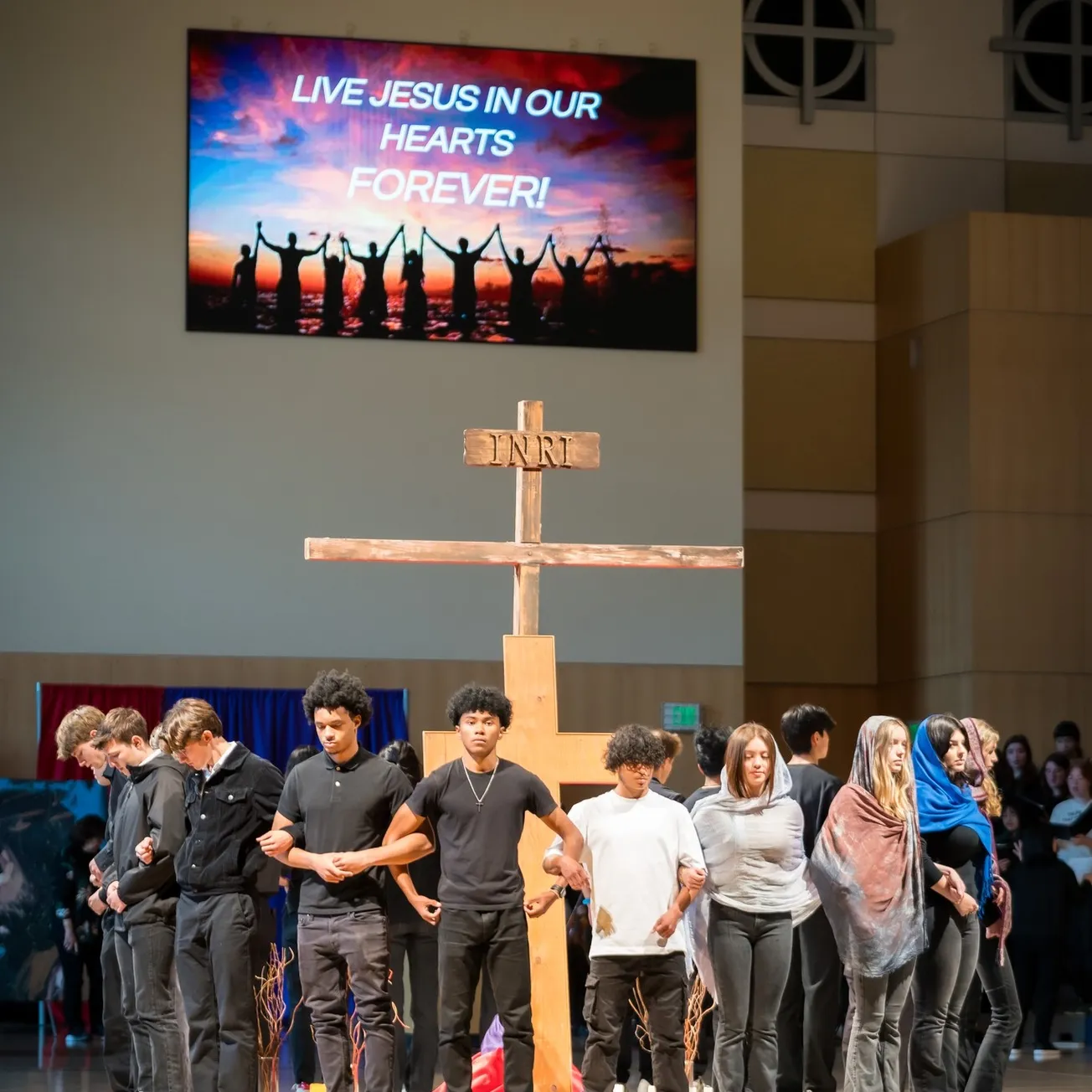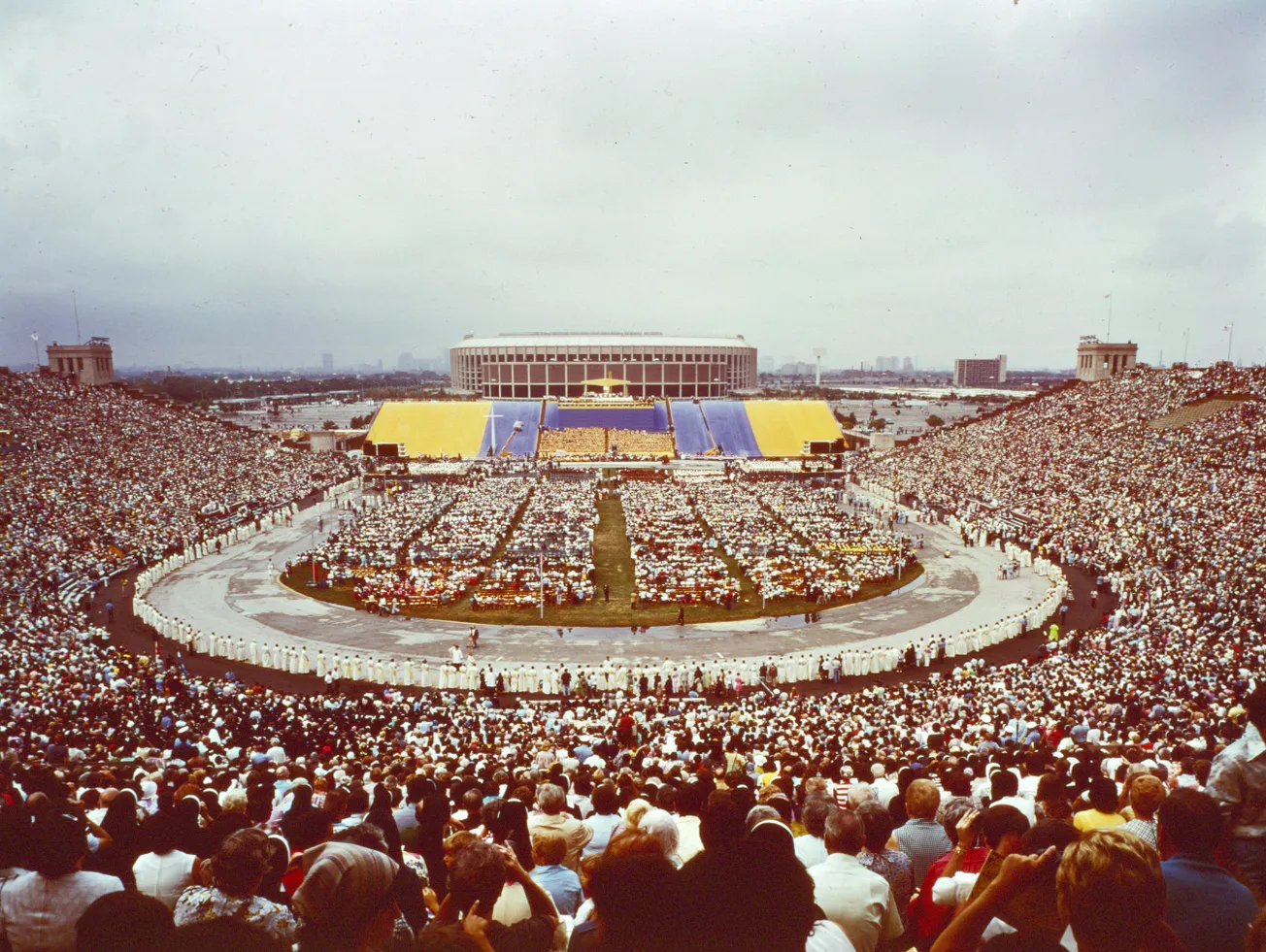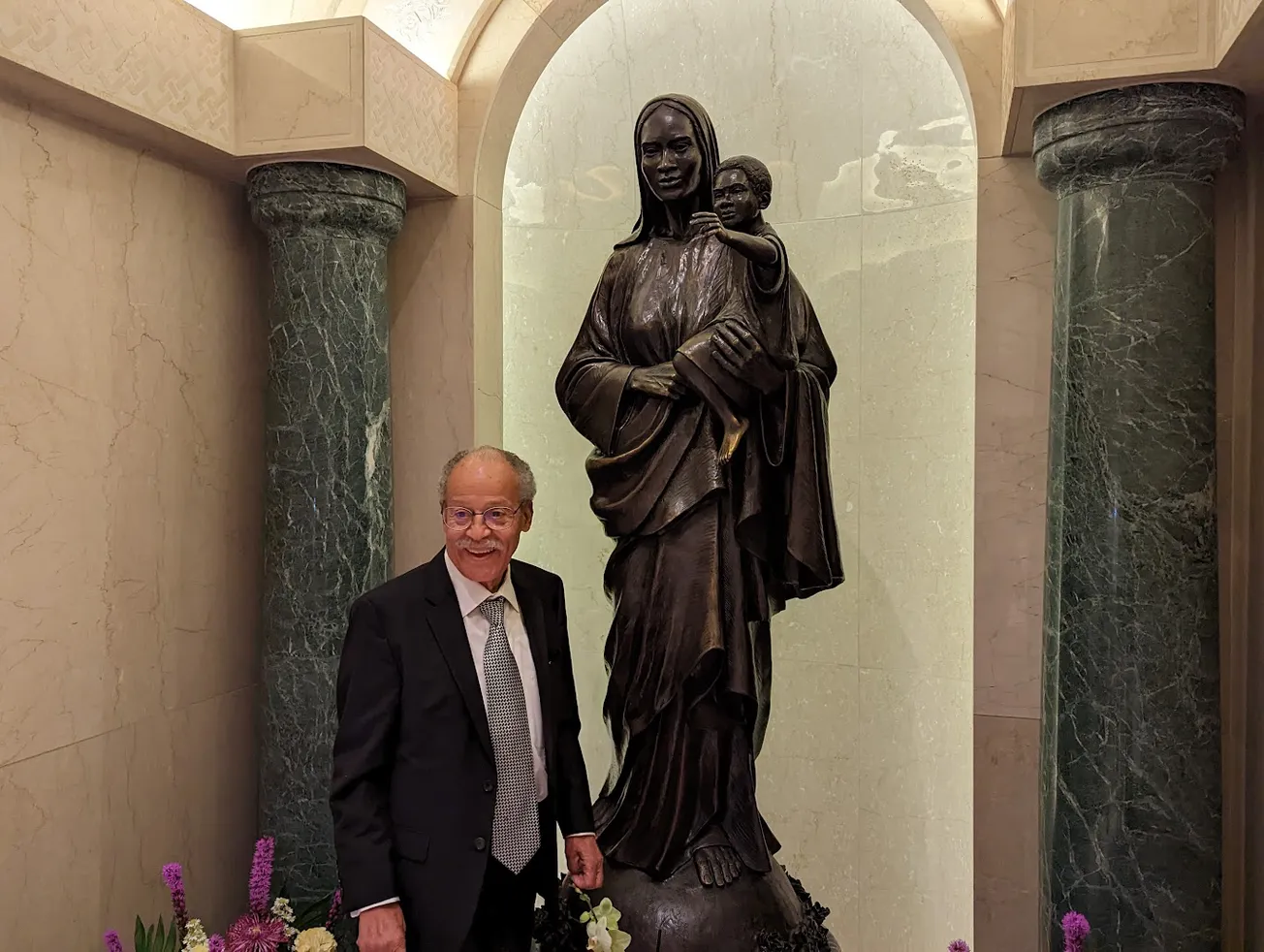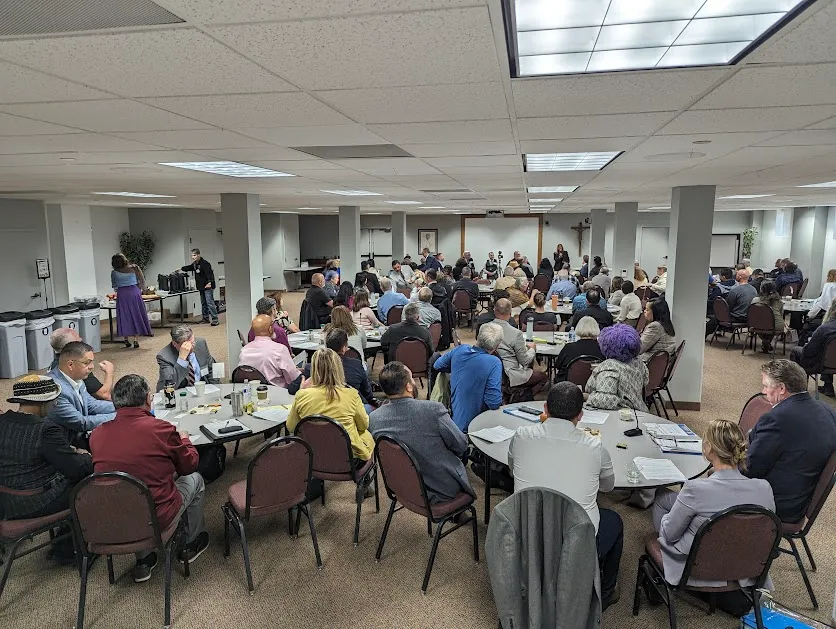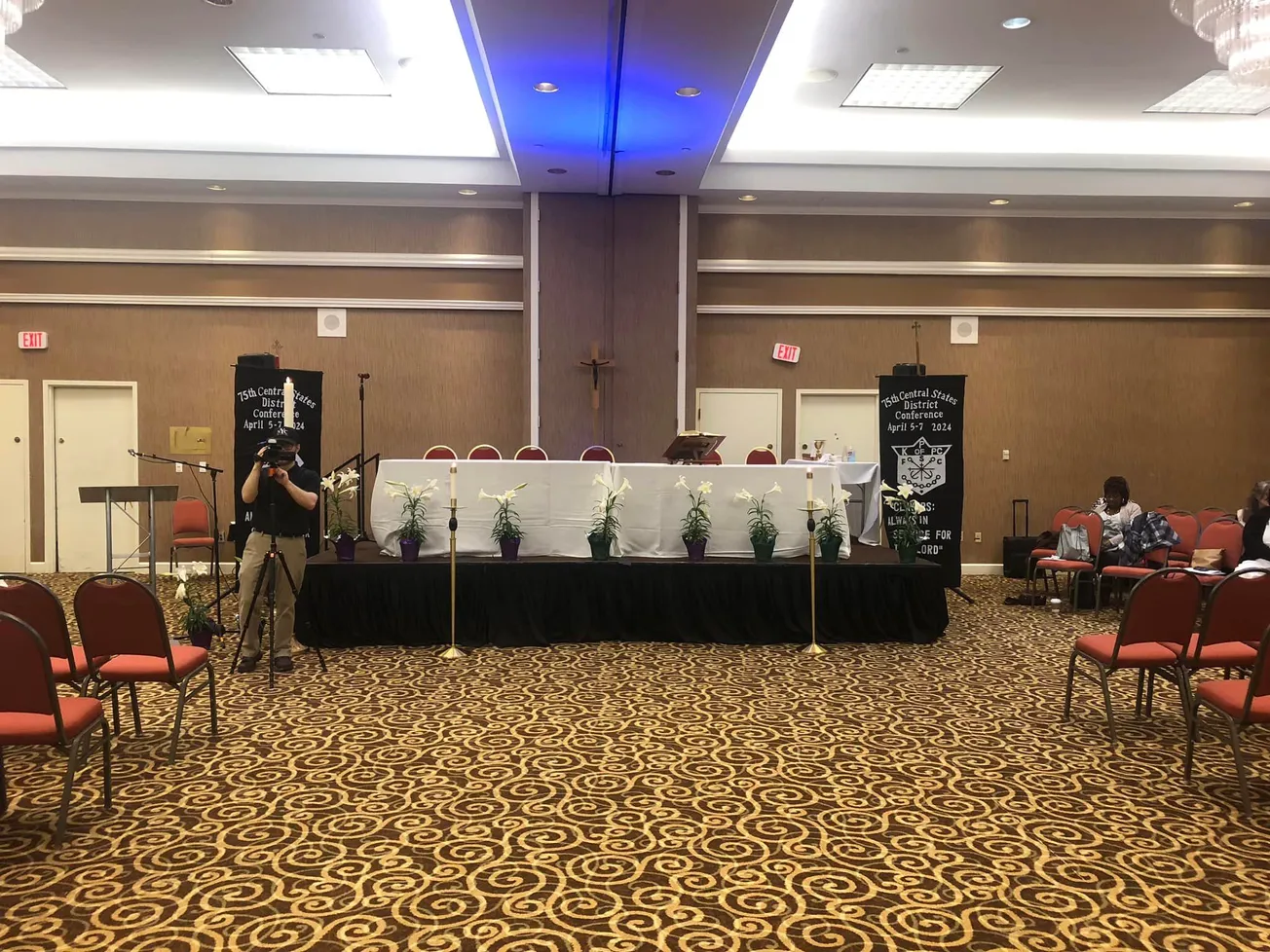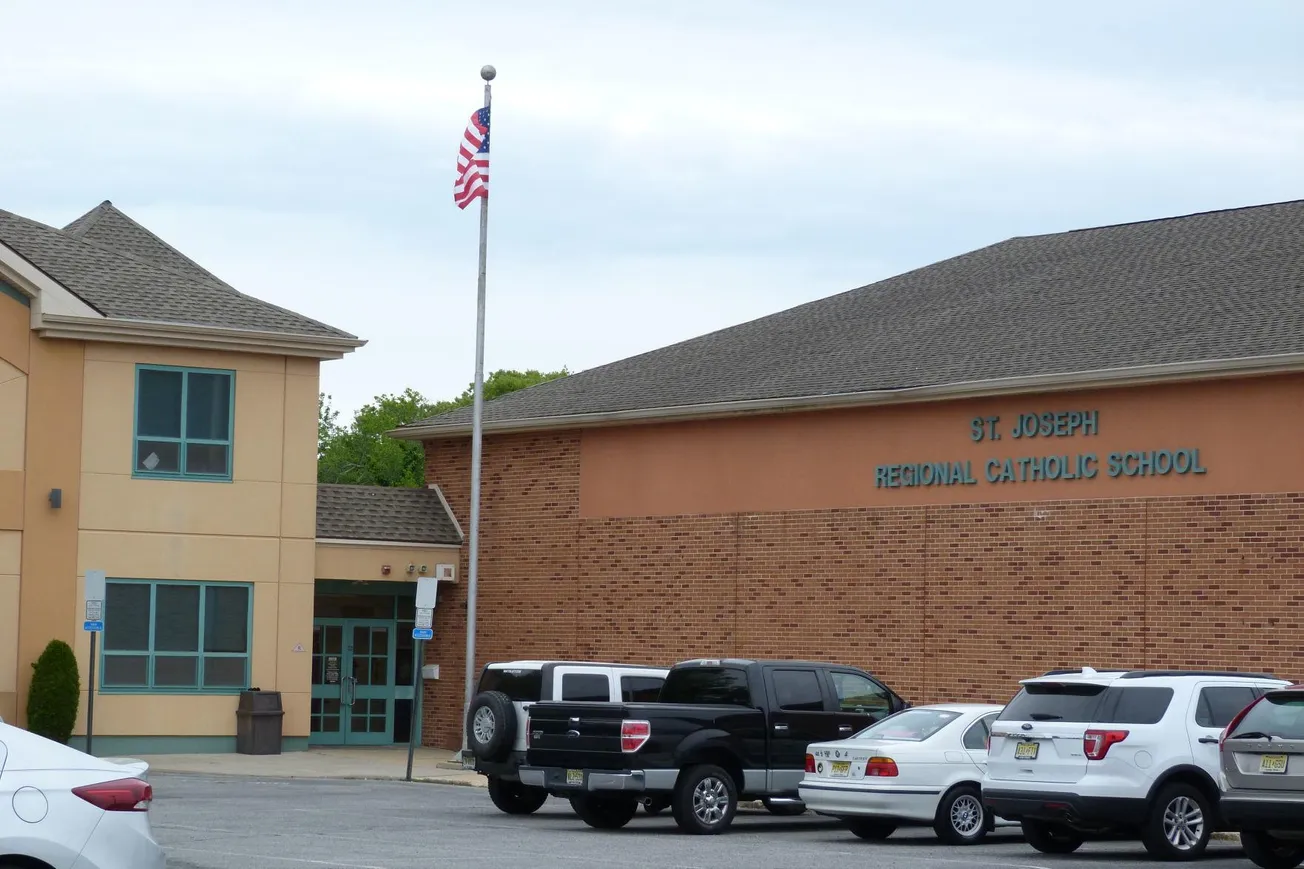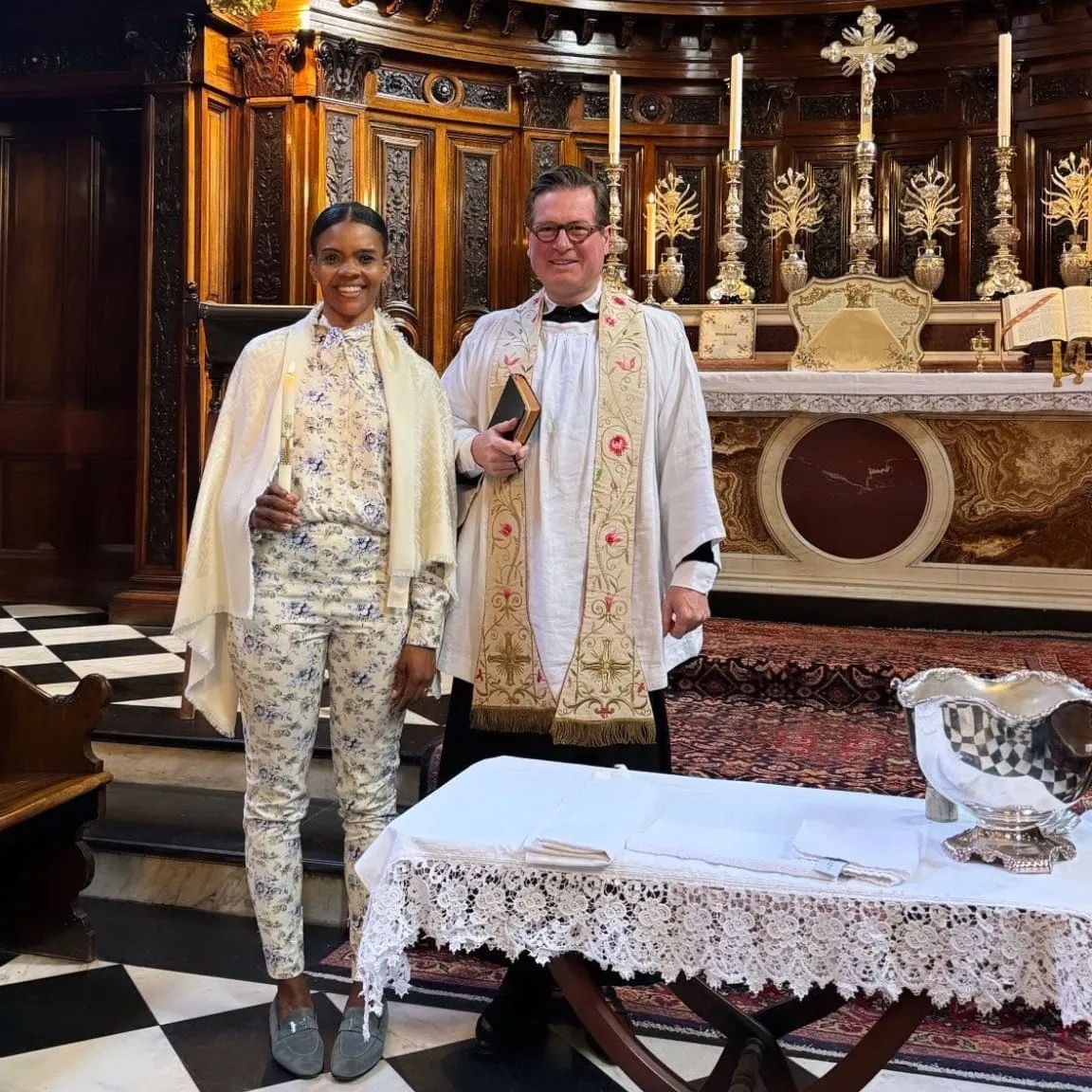The planned reconstruction of the nation’s oldest Black settlement has a new source of funding, with the St. Johns County board of commissioners authorizing $200,000 of support for the replica of Fort Mose in St. Augustine, Florida.
The body voted in favor of the proposal on October 3, making use of a pool of tourist tax revenue. The funds will make up much of the remaining goal for the $3M project, noted by the Florida State Parks Foundation at half a million dollars in September.
A coalition of funders—including the state, county, private foundations, and an annual Fort Mose Jazz & Blues Series—have contributed more than $1.2M since 2021.
“The reconstruction of Fort Mose is significant to St. Johns County tourism,” said Tera Meeks, St. Johns’ Director of Tourism and Cultural Development, in a promotional video from the county earlier this month.
“It really makes a point of interest for this park. It helps to develop that quilt of history that brings people, keeps them here, and keeps them coming back.”
The BOCC has approved the consideration of an addl $200,000 for @FortMose Historical Project, thanks to TDC Tax revenue! This funding is in addition to a $50,000 grant match & will be used by @FLStateParksFdn & Florida Parks Service. More info: https://t.co/r0WaVhg4jw #MySJCFL pic.twitter.com/VLtAl4ZXba
— St. Johns County (@StJohnsCounty) October 11, 2023
Founded in 1738, Fort Mose once served as a free Black outpost for Afro-Spaniards who formerly resided the then separate settlement of St. Augustine—now the oldest city in the contiguous United States. Spanish explorers, Franciscan missionaries, and free and enslaved Black Catholics had landed there in 1565 and founded the Mission Nombre de Dios. (It is now the site of the nation’s oldest Catholic shrine, to Our Lady of La Leche.)
The Black settlers were moved north to the fort to serve as a buffer against British invaders from the Province of Carolina, the very land from which many of them had escaped slavery in an early underground railroad to Florida freedom. King Charles II of Spain had earlier decreed that all Africans who entered Spanish territory would be granted freedom in exchange for joining the Catholic Church and, if they were men, serving in the Spanish military.
The fort was later abandoned and destroyed in the early 19th century, and since its rediscovery by scholars and local historians in the late 20th century, its general location has been the site of Fort Mose Historic State Park. Now a National Historic Landmark and a Site of Memory of the UNESCO Slave Route Project, the park presently consists of a small museum dedicated to the fort’s history and a large mass of swamps and greenery featuring replicas of historical items and flora.
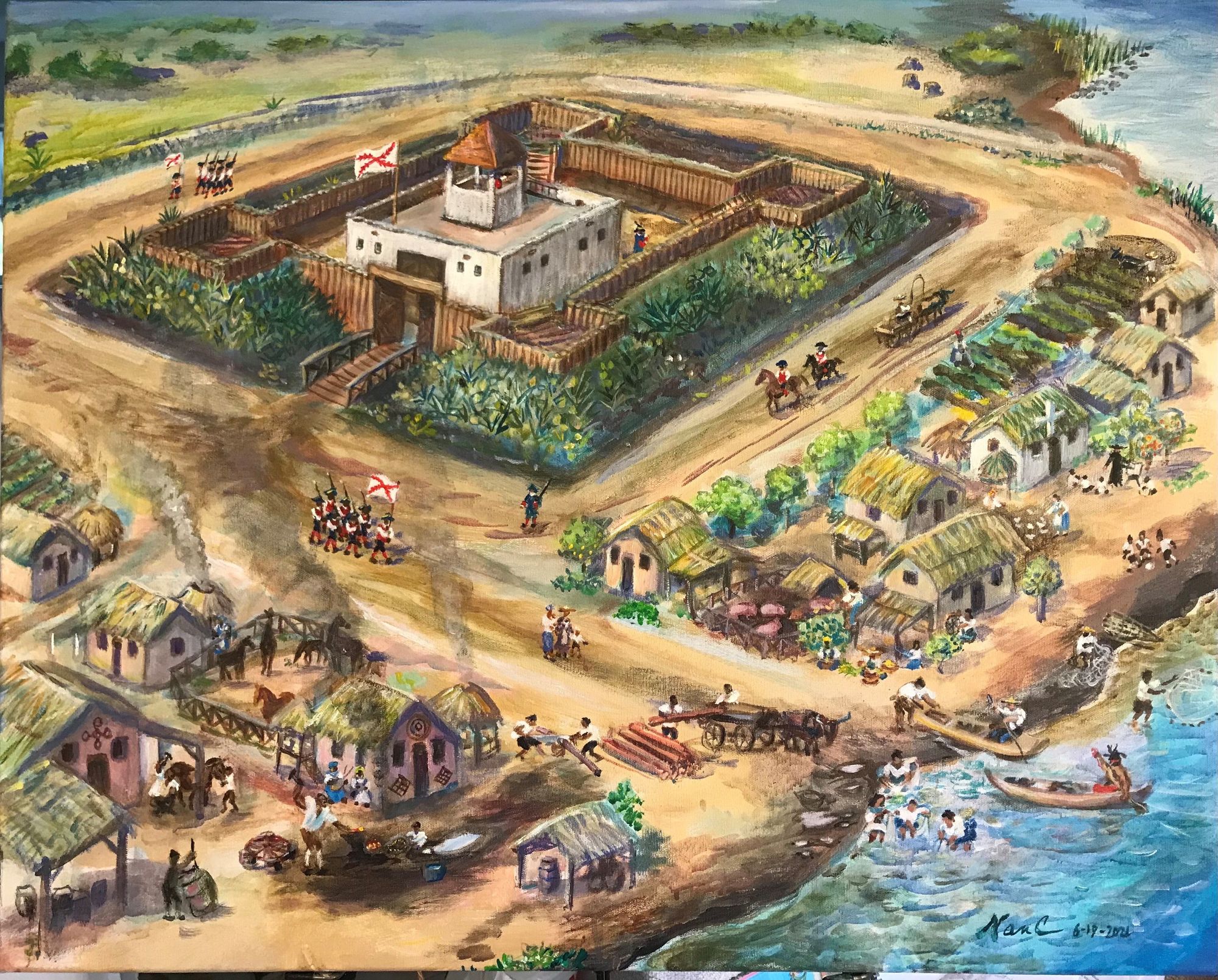
A rebuild of the original fort has been planned by the Fort Mose Historical Society since the 1990s, but funding for the project did not materialize until 2022, with nearly $1M from the Florida African American Cultural and Historical Grants Program.
The new announcement from the county this month from St. Johns County has brought praise from advocates dedicated to bringing the fort back to life.
“Fort Mose is an amazing resource for Florida, for the United States and for the entire world,” said Charles Ellis, president of the Fort Mose Historical Society.
“As a 40-year resident of this area, I am so thankful that our county commissioners have seen the value in this project and chosen to support it in such a generous way.”
“The impact of this project cannot be overstated,” added Susan Phillips, head of the visitor’s bureau that includes St. Augustine.
“Fort Mose is a critical piece of African-American history… It is a beautiful place, but that final historical piece is missing.”
Renders for the reconstruction, drawn by architect Ron Huffman, were released earlier this year by Drs. Kathleen Deagan and Jane Landers, scholars who have helped popularize the history of Spanish Florida. The two also helped lead the research that originally uncovered the fort ruins in 1986.
With $2.78M now raised in total for the Fort Mose replica and $300,000 left to go, a groundbreaking ceremony has been tentatively scheduled for January 19, 2024, with completion expected within the year.
“We're racing against time,” Landers said in a TED Talk in late 2022, speaking of her extensive research in recovering forgotten Black histories in the Atlantic world.
“We’re trying to change that narrative and save what we can before it’s gone.”
Nate Tinner-Williams is co-founder and editor of Black Catholic Messenger.



